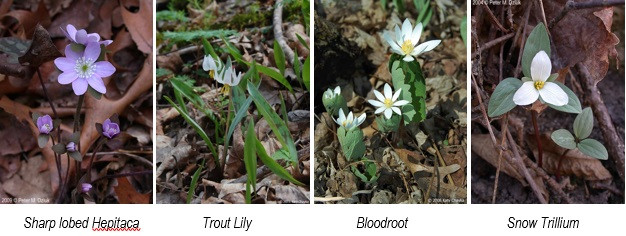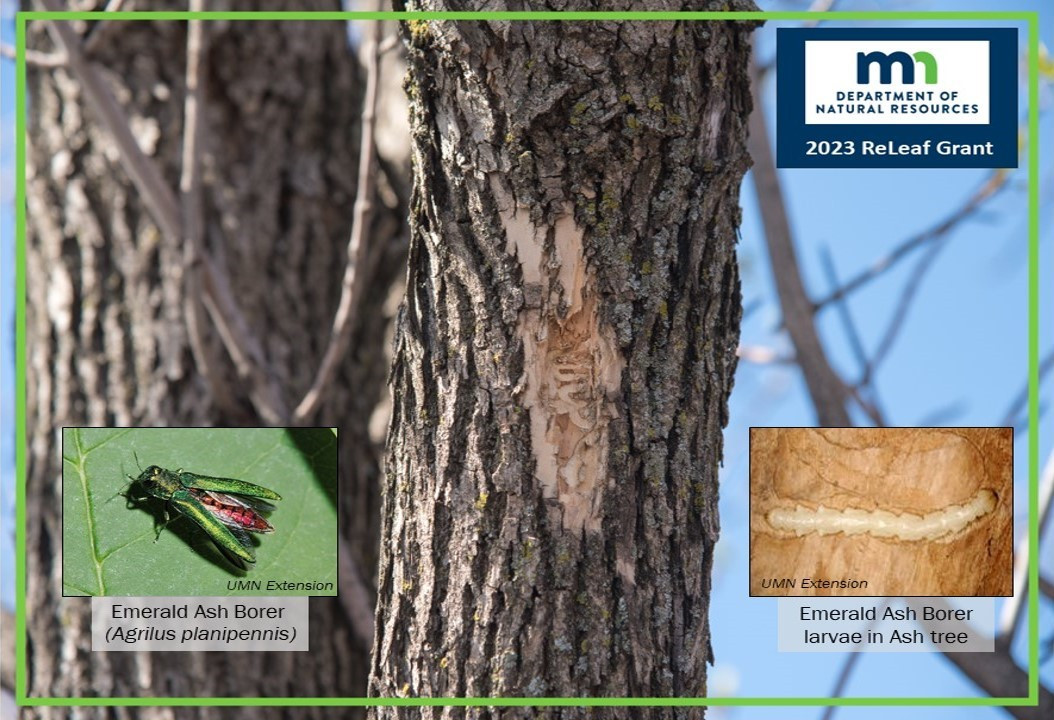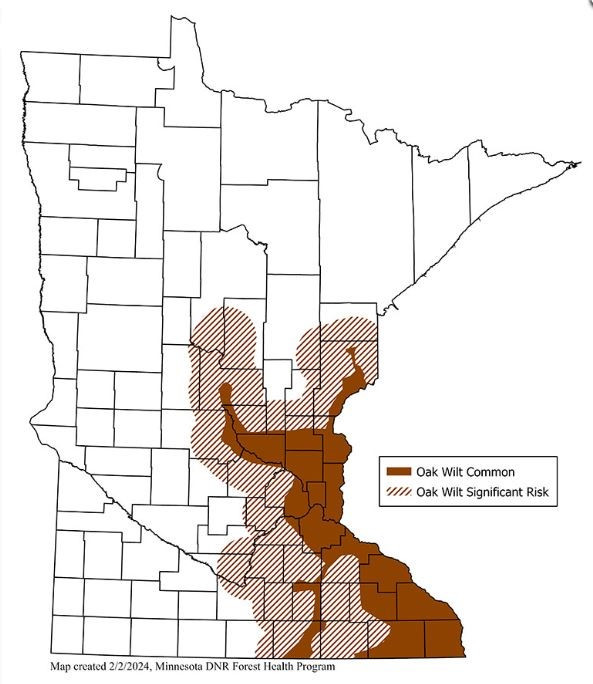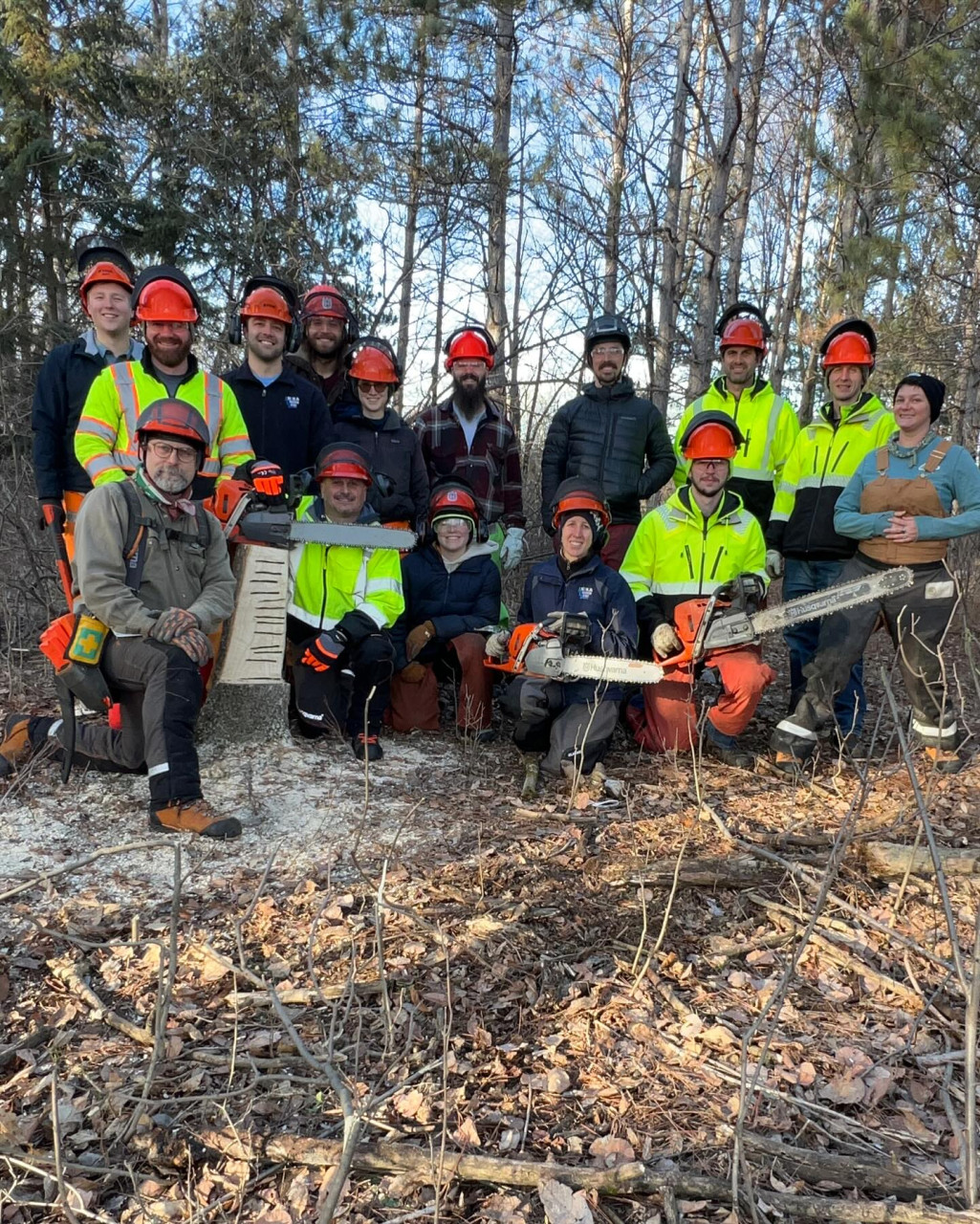Spring is upon us! Some of the first plants to emerge are woodland wildflowers known as spring ephemerals. These short lived gems take advantage of the spring sunlight by completing their life cycles before the forest canopy leafs out for the season. In addition to their beauty, spring ephemerals provide critical resources for pollinators as they emerge in the early spring. Common ephemerals include Hepatica, Trout Lily, Bloodroot, and Trilliums.
Among the first plants to green up in spring, garlic mustard outcompetes native spring ephemeral wildflowers, diminishing early season resources for pollinators and degrading forest health. Garlic mustard has a two year (or biennial) life cycle, producing a short basal rosette without flowers in the first year and a tall "bolting" stalk in the second year. It's important to pull these weeds before they produce seed in the second year. Treat garlic mustard by pulling the whole plant and the roots by hand. If you pull garlic mustard before it flowers, leave the material on the ground to decompose. If you pull it after flowering or seed production, bag it and dispose of it properly so that no seeds are spread.
Learn tricks to help identify and treat garlic mustard from the MN Dept of Ag and Friends of the Mississippi River. Help us protect the beautiful and diverse forests of Anoka County by pulling garlic mustard! For more information contact Logan Olson, Restoration Technician, at






